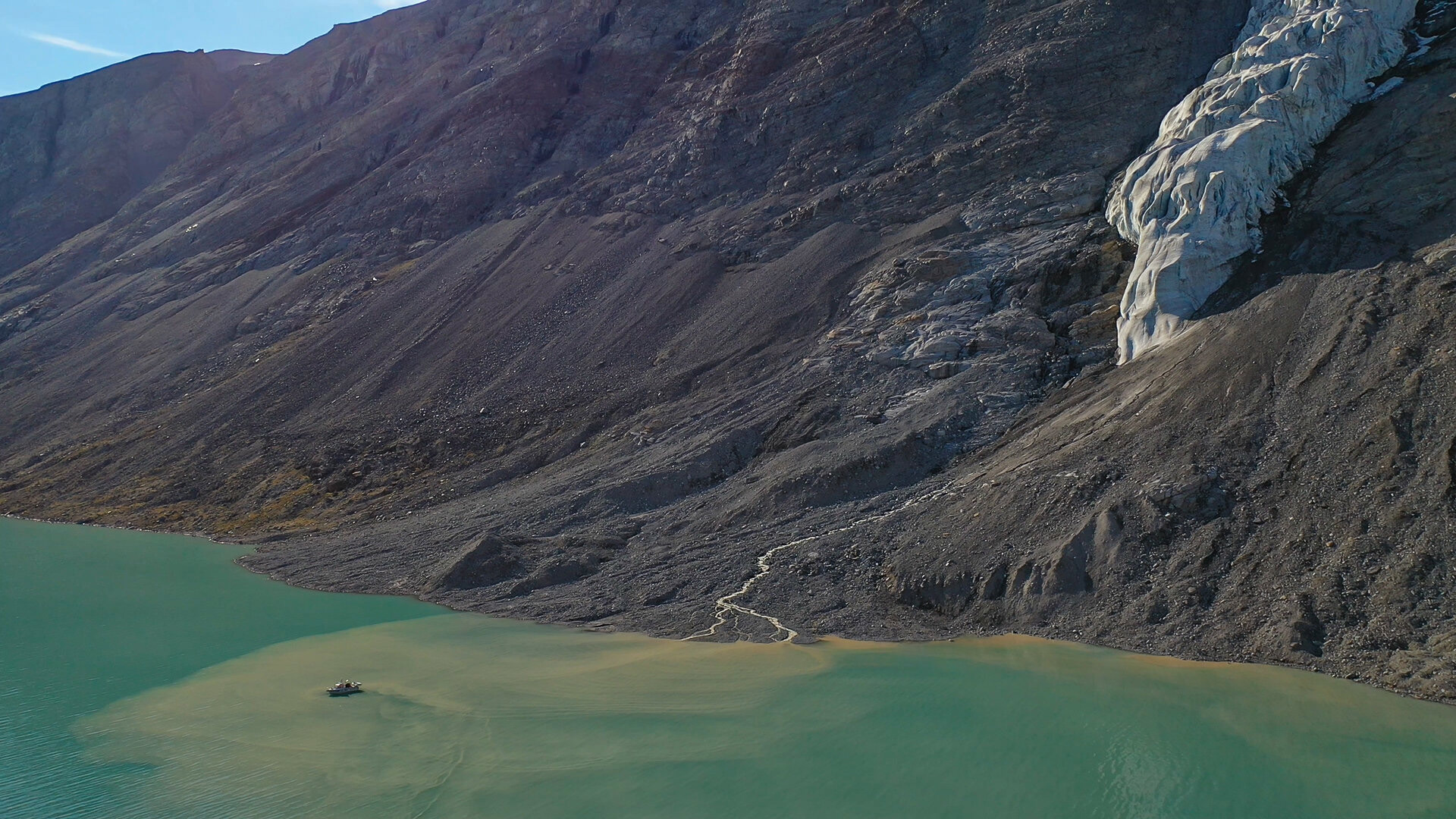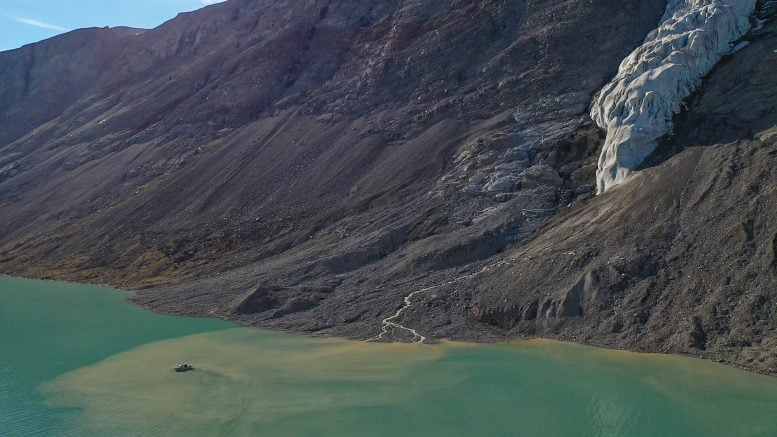

Rapid warming in the Arctic is transforming coastal ecosystems, with significant, often overlooked impacts on both nature and local communities. Scientists emphasize the need to fill knowledge gaps to support adaptation to these changes.
The Arctic is warming 3-4 times faster than the global average, leading to melting sea ice, retreating glaciers, and thawing permafrost. But what happens when these changes intersect? This is the current reality for Arctic coastal ecosystems, and according to new research published in Limnology & Oceanography Letters, these profound transformations have been largely overlooked.
As climate change rapidly transforms Arctic marine systems, the dramatic image of a polar bear struggling on a melting ice floe has become symbolic of the region’s environmental crisis. But scientists argue that coastal Arctic ecosystems are undergoing a complementary set of changes to those in the open ocean. These changes are intensified by the interaction of land-based and marine transformations, driving significant impacts on both the environment and local communities.
“An increasing number of ecosystem drivers along the Arctic coasts are having broader implications for both ecological and human systems,” the researchers observed. “The consequences of these changes are greater than what can be quantified in the open Arctic Ocean alone.” Says Mikael Sejr, professor at the Institute of Ecoscience at Aarhus University.
With these changes come critical knowledge gaps. Filling these gaps is essential to ensuring that the socioecological systems along Arctic coasts can adapt and remain sustainable in the face of ongoing climate shifts.
Reference: “Multiple climatic drivers increase pace and consequences of ecosystem change in the Arctic Coastal Ocean” by Mikael K. Sejr, Amanda E. Poste and Paul E. Renaud, 12 September 2024, Limnology and Oceanography Letters.
DOI: 10.1002/lol2.10431